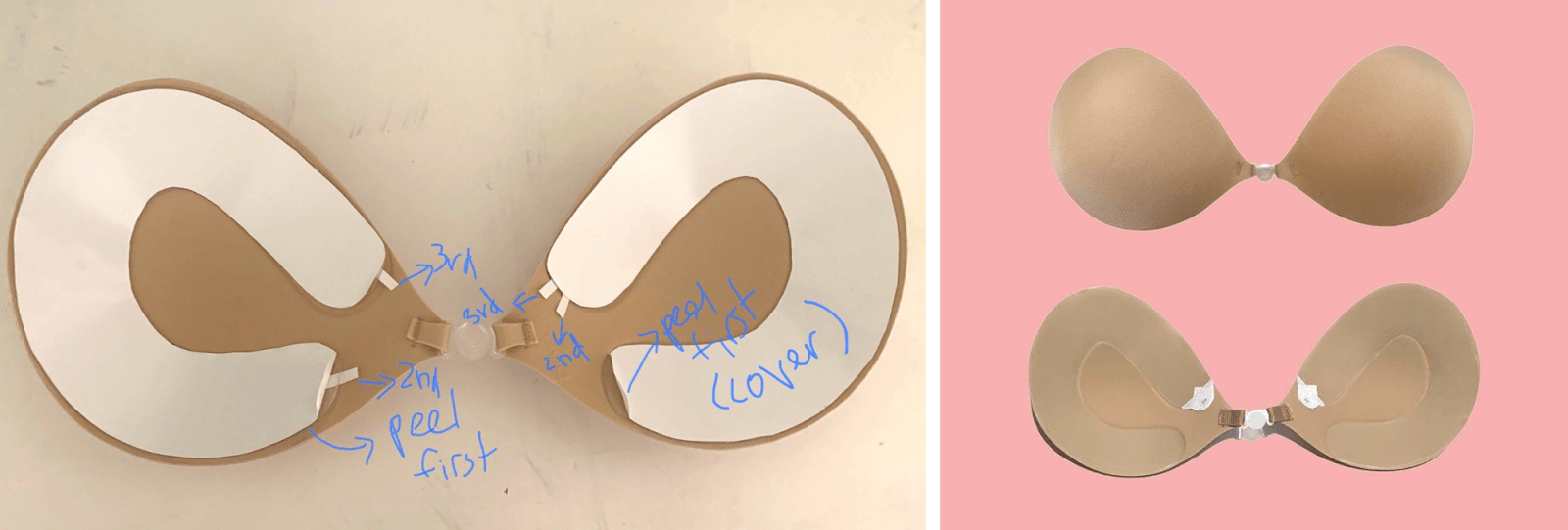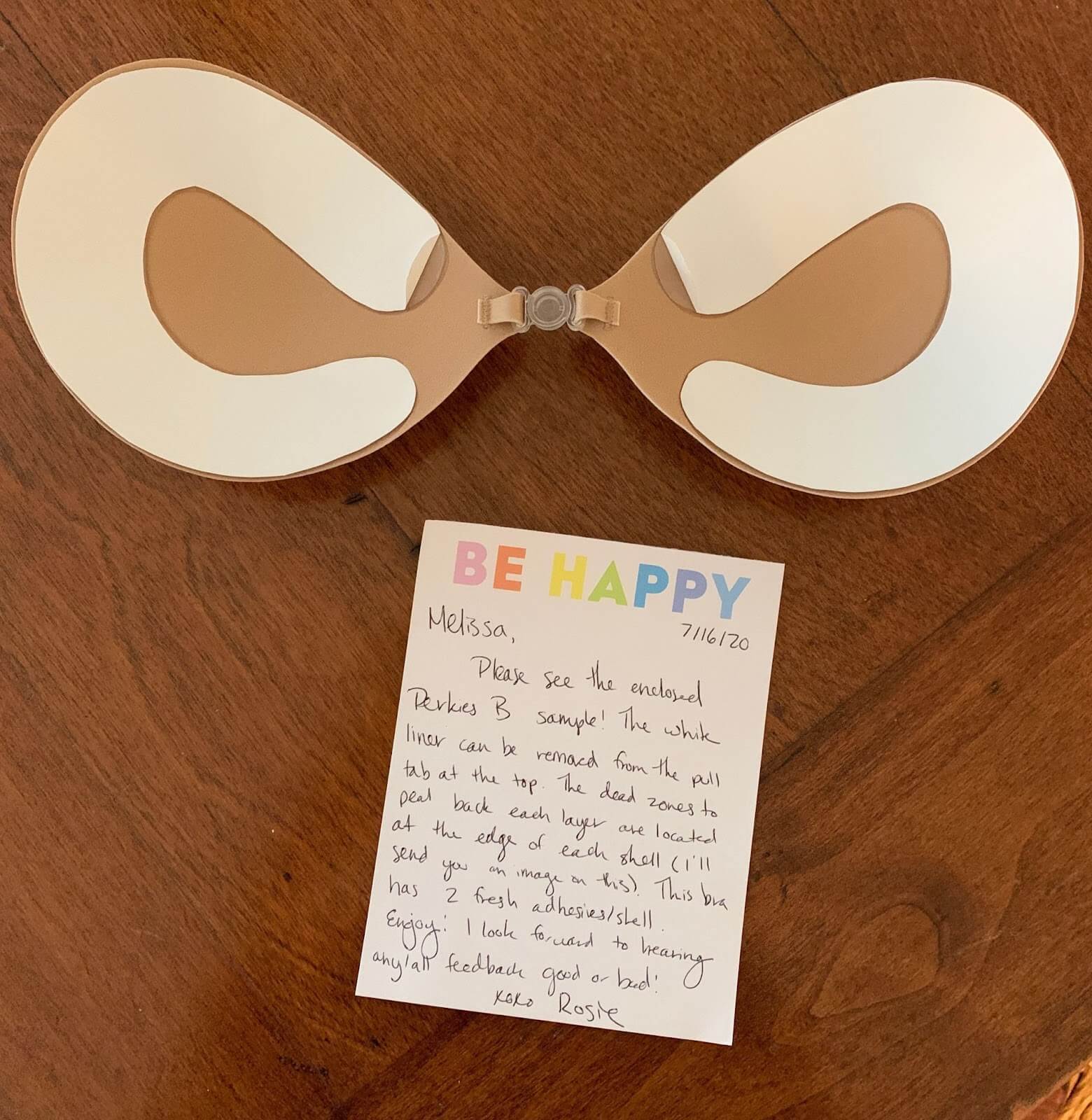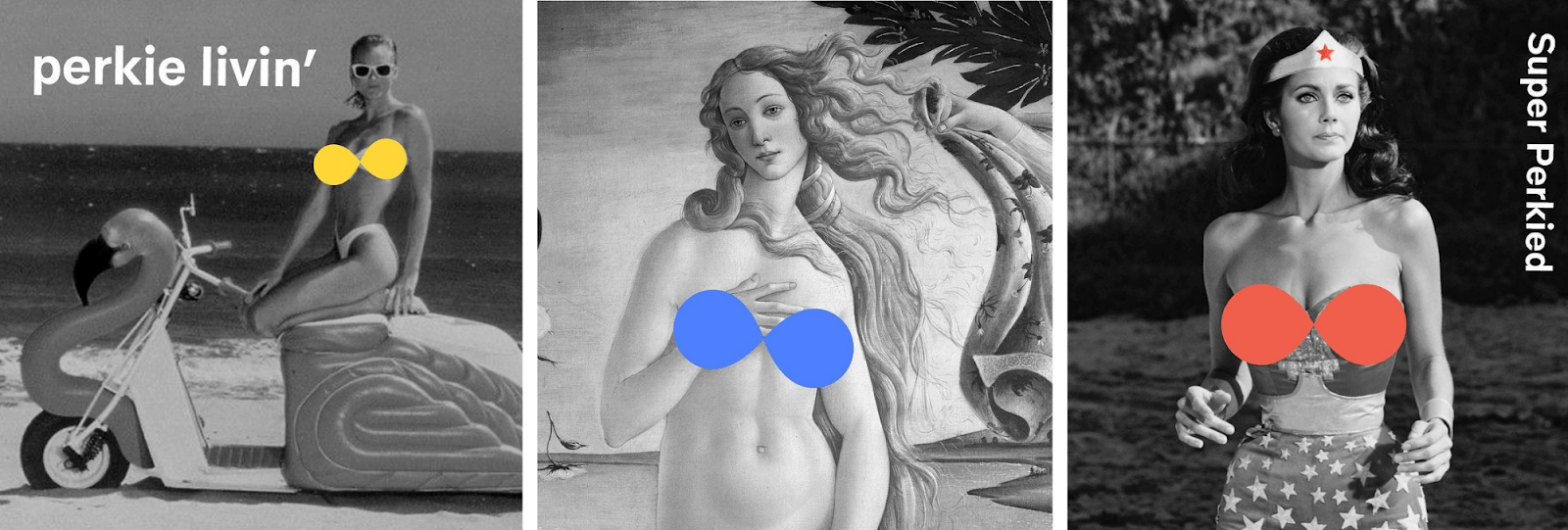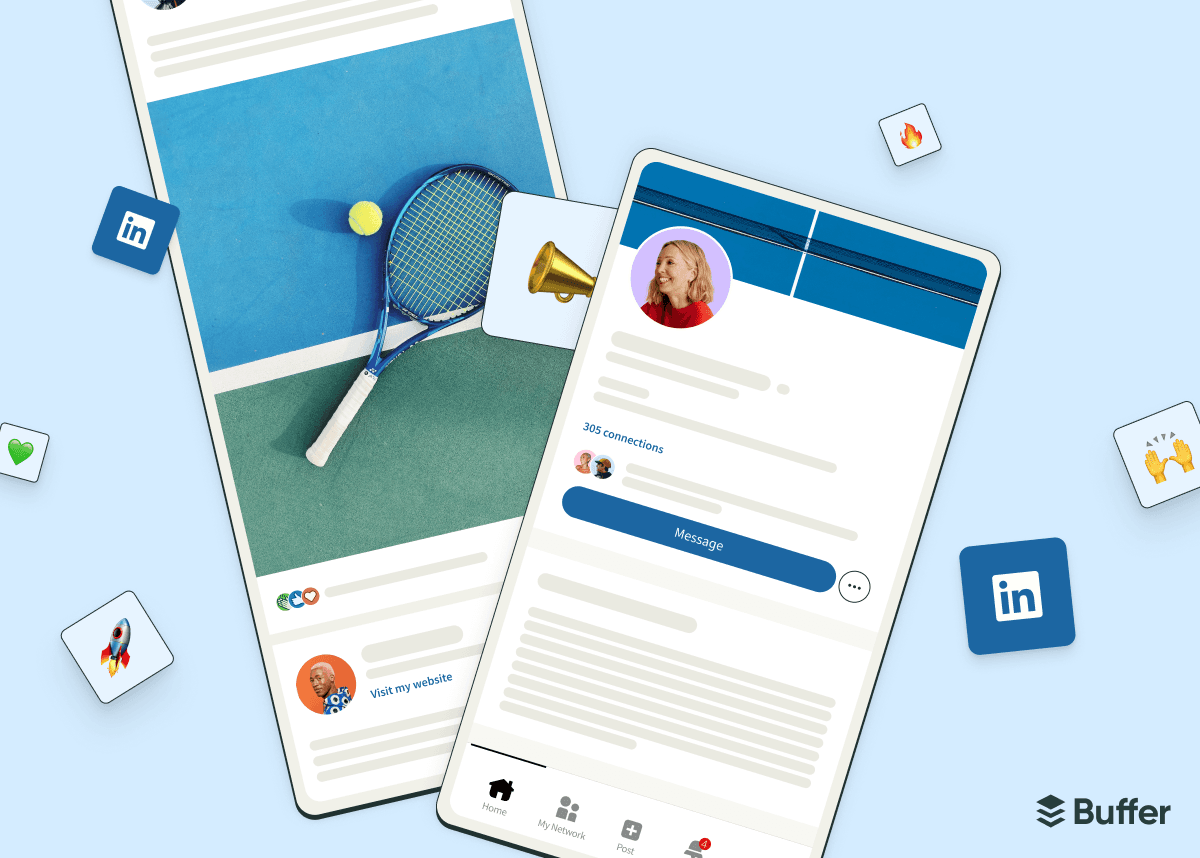People always tell you that building a business isn’t a quick and easy journey and that the “overnight success” stories you see tend to downplay the years of work that go into creating that success. So, when I started my innovative undergarments company, Perkies, I expected it to be about the journey, not the destination.
What I didn’t expect was for it to be a three-year journey of figuring out how to develop my signature product (a sticky bra with replaceable adhesives) before selling a single unit.
I’m not saying it wasn’t worth it. Seeing the glowing reviews from women who feel more confident while wearing our product makes up for every long day spent cold calling manufacturers, every prototype I had to assemble with my own hands, and every rash I developed while trying to find body-safe adhesives that actually worked (true story).
I also don’t think my multi-year timeline was out of the ordinary for creating a product that hasn’t existed before. But, there are things I wish I had known to set expectations for myself (and maybe help the process go a little smoother).
So, to help other inventive entrepreneurs who are embarking on the journey of developing a product, here are four things I wish I had known from the get-go.
1. It Was More Complicated Than I Thought
When I first had the idea to create a product for women who were tired of throwing away an entire sticky bra just because the adhesives had worn down, it seemed so obvious. “How has nobody thought of this before?” I wondered.
I quickly realized, though, that while others had probably had the same idea, no one had gone to the trouble of turning the idea into a final product—likely because there are so many steps involved in doing so.
Here’s just a brief overview: I had to determine where to source the materials for each component of the product, and then find separate manufacturers to put all those elements together. We ended up working with a manufacturer in China for the bras, manufacturers in the U.S. for the three different adhesives we use, and an adhesive converter who laminates the adhesive layers together into the finalized stack up. I also had to work with many different experts to develop specialized materials and processes—and quickly realized I wouldn’t even be able to automate everything immediately. Until recently, I was cutting the specific shape of our adhesives by hand, and I still add in the layered pull tabs myself.
And this is all on top of shipping and fulfillment, plus the supply chain issues that have been plaguing us since, well, the plague started.

Oh, and Murphy’s Law applied at just about every step along the way. I can’t count the number of times I had to extend deadlines because I was waiting on a manufacturer, I’ve been close to tears because a supplier sent me something that didn’t work, or I accidentally sent a faulty sample to a customer.
Ultimately, what separates an idea from an actual product is entrepreneurs who have the grit to get through all of this. Based on my experience, I’d recommend giving yourself enough time and mental fortitude to deal with the complications. I also found it incredibly valuable to make friends with other product-based founders to commiserate with when I was in the weeds.
2. I Either Needed a Lot of Time or a Lot of Money
I knew that I’d be able to streamline the development process if I could raise a little funding: I could pay materials experts to source the perfect adhesives, I could pay manufacturers to rush my orders, and the like. Unfortunately, I quickly found that no investors were interested in signing a check until I had a working prototype. I couldn't create my product without money, and I couldn't raise money without a product.
Instead, I sacrificed my own time to do the R&D. And it was not glamorous. I would spend weeks finding manufacturers who could answer tiny questions like whether the adhesive could be a few millimeters thicker to improve adhesion. For months, every time I went to a workout class, I wore different adhesives to see what held up to sweat. I’d invite friends over with different bra sizes to test molds for me. It was a lot of time and effort for tiny gains toward my goal.

I also opted to move in with my family to give myself more financial runway (not that I had much of a choice). If you don’t have the luxury of moving home to start a business, I’d recommend making a plan for how you will fund your idea or how you’ll give yourself enough time to put in the work. Can you find friends and family or angel investors who believe in you despite not having a prototype? (I’ve since found that former founders are much more understanding of the product development process than VC firms or angel investors who have never started a company.) Can you do product development on nights and weekends while you continue working your full-time job?
3. I Needed to Build Interest Long Before My Product Was Ready
Especially since I didn’t know how long this whole process would take, it was tempting to not tell anyone except my closest friends and family what I was working on until the product was ready.
Instead, I pushed myself out of my comfort zone and started creating traction on our social channels. We didn’t have product images yet, so instead I designed fun graphics hinting at our final product. I also found that followers loved getting a peek into the behind-the-scenes of product development. In the end, it was helpful to already have a following of excited potential customers once the bras were ready to sell.

Another valuable way I found to start building brand trust (and making a little money) was developing an ancillary product that I could get to market faster. While doing early customer research, I realized sticky nipple covers were a popular undergarment in this category and that they would be much easier to develop—so we launched “Perkies Petals” six months before the sticky bra came out. This had the bonus benefit of helping me iron out kinks in sales and shipping before the sticky bras were ready.
Finally, I learned a lot about the common strategy of soliciting pre-orders. We did a friends and family pre-order for the bras, and while the influx of cash was nice, it also added extra pressure, especially when we had to keep pushing back the timeline (see point #1).
My advice: If you’re considering a pre-order, only do it with people who you know will be forgiving! And whatever approach you choose, do everything you can to build buzz along the way. The last thing you want is to finally have a product—and then spend months and months finding customers to buy it.
4. Product Development Never Stops
After pushing back the launch timeline again and again (leaving my friends and family who had pre-ordered hanging), I finally set myself a hard deadline to launch in May 2021. Even though the product still didn’t feel 100% there, I knew I needed to get it to market at some point (plus, I wanted to get people their backless bras before summer!).
This was hard for a perfectionist like me, but it ended up being incredibly helpful. I’ve learned so much from hearing about the experiences of real customers using the product. It was a good reminder that, while you obviously don’t want a product that disappoints customers, you can and will continue improving things even after you launch. (Remember: the iPhone didn’t launch with all the features it has today!)
Most of the feedback I have received has been excellent, but based on some constructive notes from customers, I’ve changed the location of the pull tab on the replaceable adhesive, improved the instructions that come with the bra, and more. We’re also in the process of developing new products to keep the business growing.
In other words, even after almost four years, I’m far from done. Product development truly never stops, and if that sounds exhausting, this may not be the right path for you. But if you, like me, think the constant journey to build something new will energize you every day, then stick with it. If you can put your pride aside and put in the time and effort, you’ll create something customers love—and that’s an amazing feeling.
Try Buffer for free
190,000+ creators, small businesses, and marketers use Buffer to grow their audiences every month.




